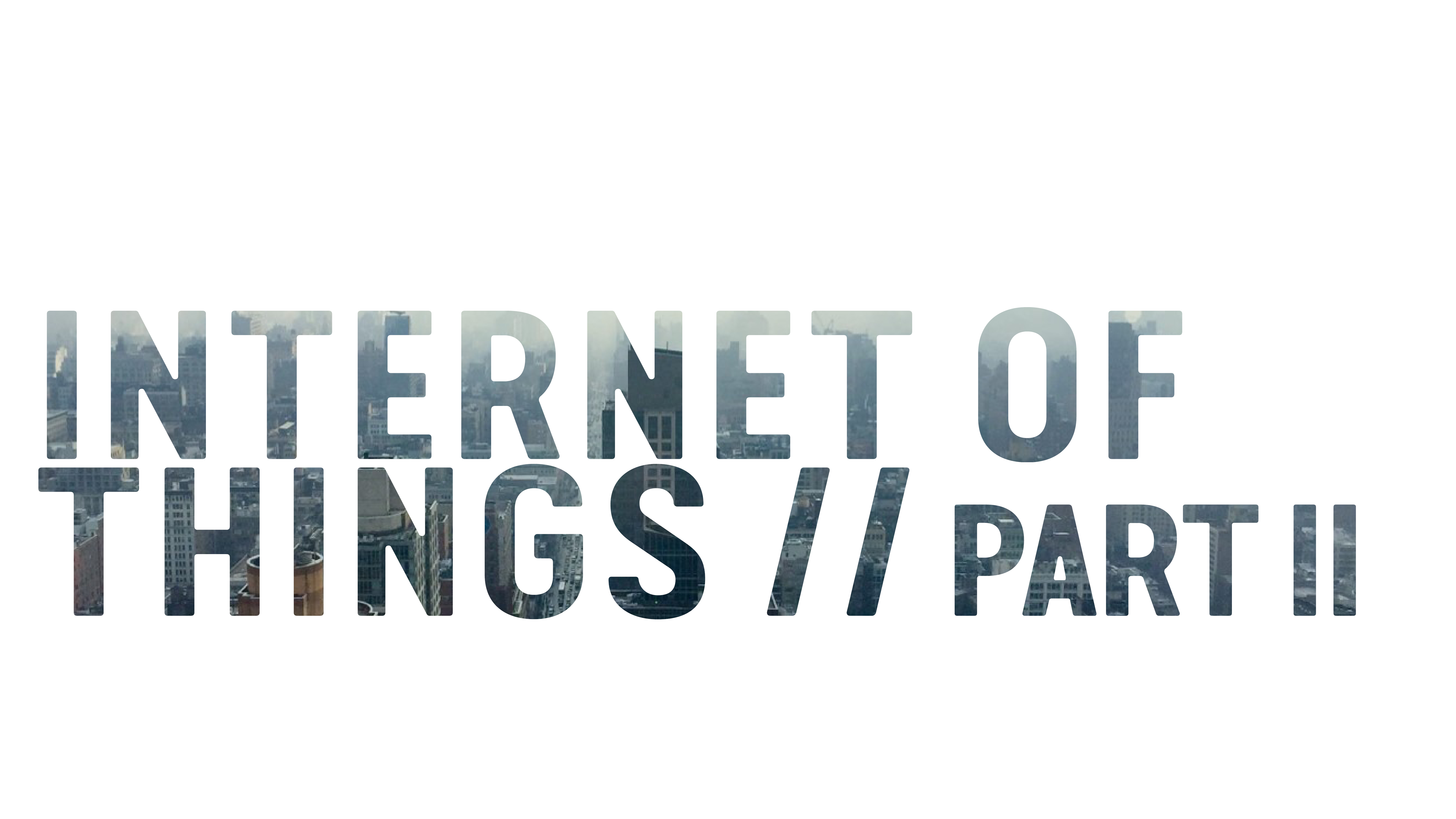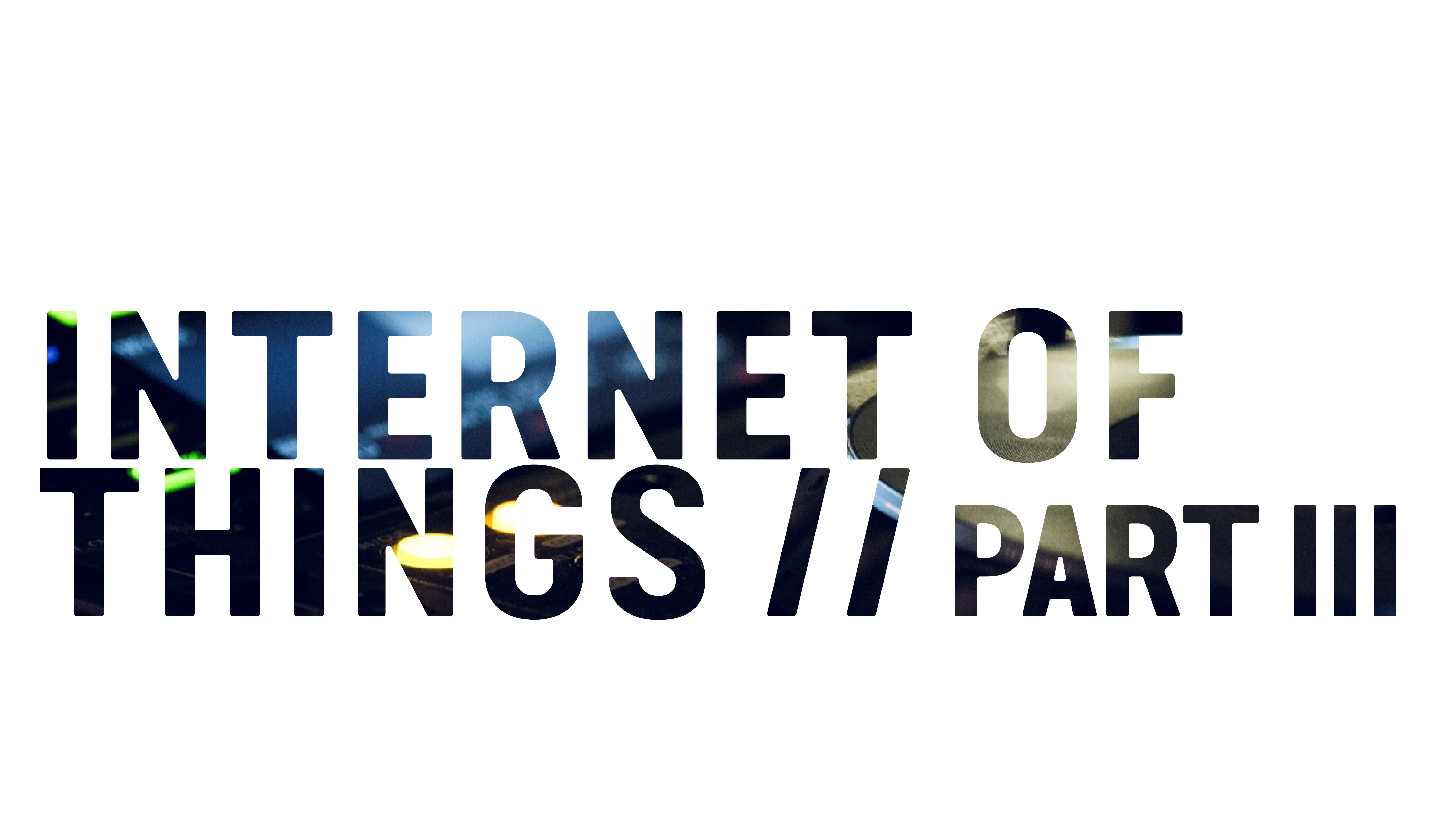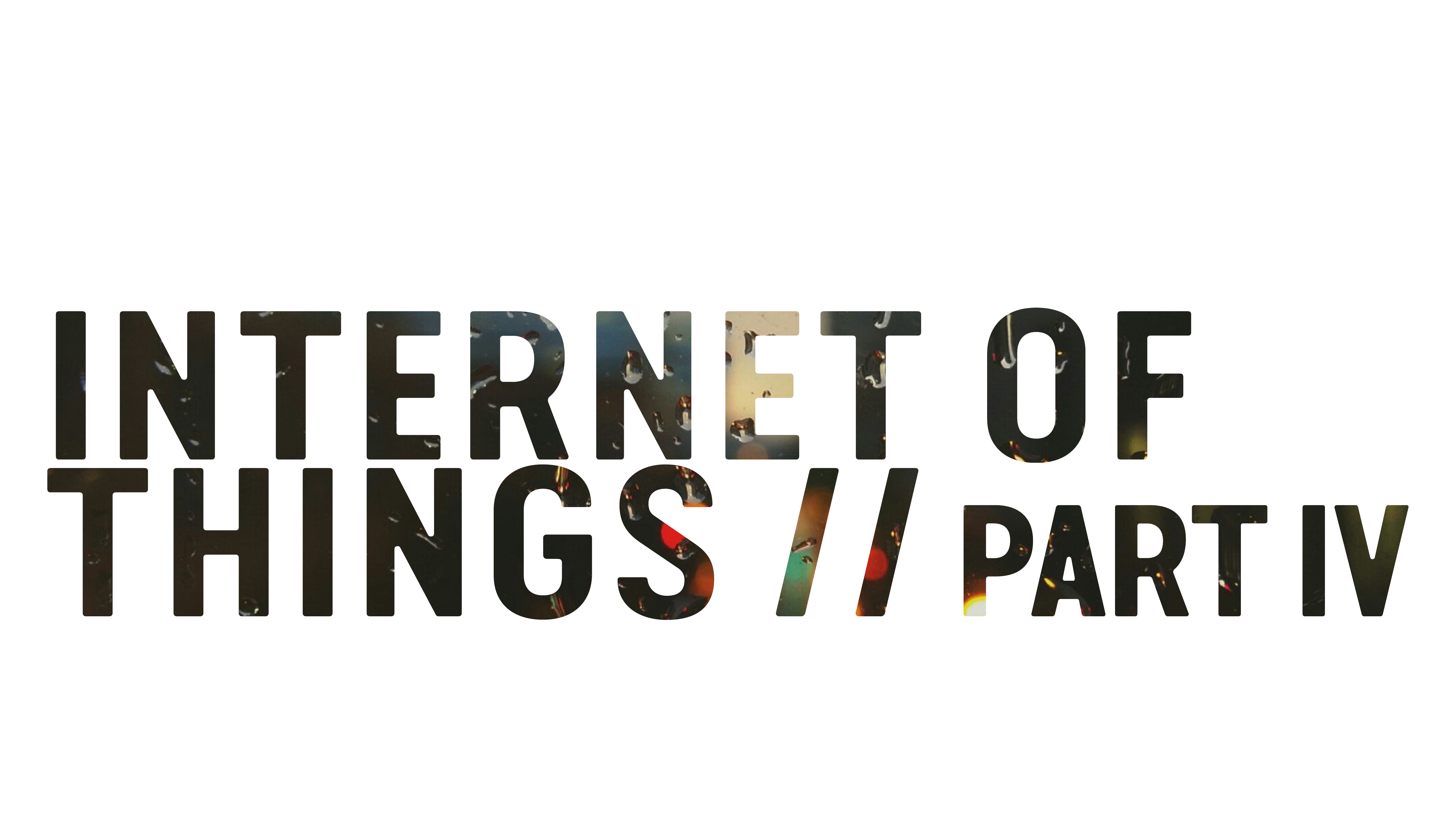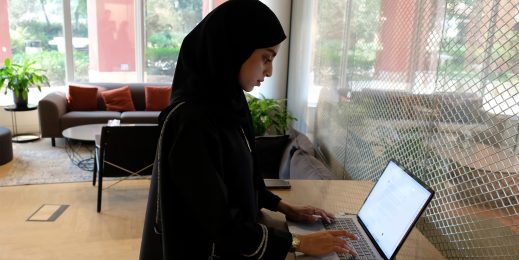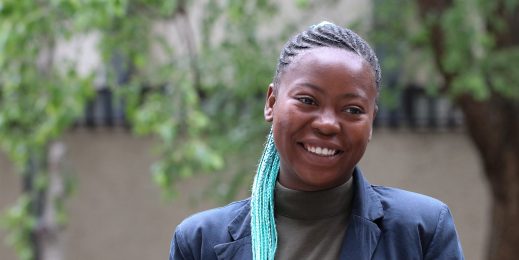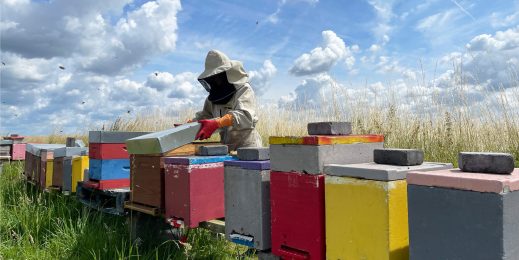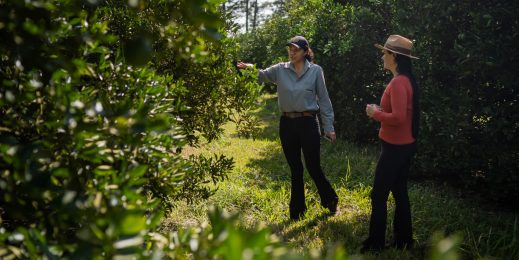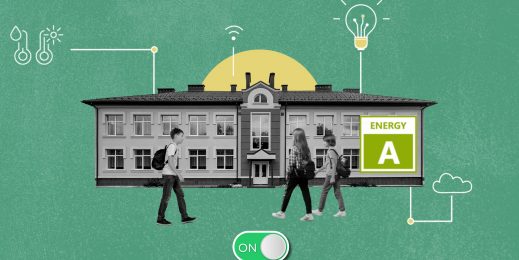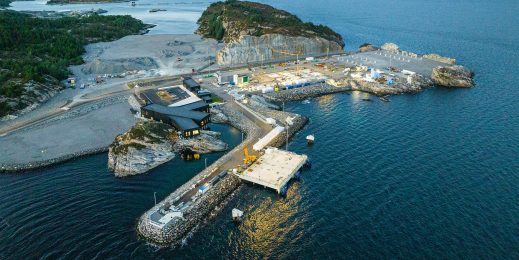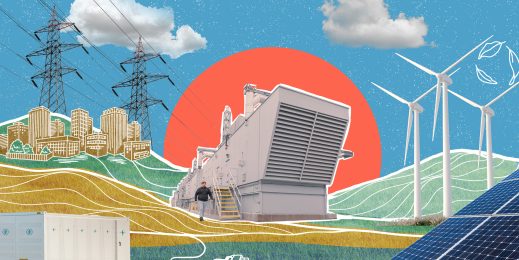
Defining the Fourth Industrial Revolution: Where IOT fits and the potential
It is a unique moment in human history when we witness dramatic landscape shifts that redefine society and the way we live, work and play. Today such a landscape shift is underway and we have an opportunity to help shape our collective futures to create a lasting legacy for those who follow us. This opportunity is enabled by the convergence of the physical and digital worlds and is driven by the advent of ubiquitous connectivity, big data, analytics and the cloud which combines to enable the “internet of things” (IoT).
Winston Churchill once said “To improve is to change, so to be perfect is to have changed often”. This quote increasingly applies to industries, organizations and governments as well as each of us as individuals. Pursuing change opens new opportunities. Change drives us towards a lasting legacy and now is not the time for pause in that pursuit.
Our decisions today are determining how technology will change our societies and important decisions such as where technology will be loosely or tightly coupled determine the possibilities at hand. There is no doubt today’s rapid integration of the physical and digital world is starting to fundamentally change many aspects of our lives and businesses. As a society, we want greater sustainability and less waste, less climate impact, more mobile and personalized services and greater inclusion. These are some of the promises of issues we can tackle with the internet of things. The World Economic Forum has labelled this as the Fourth Industrial Revolution and I think they are onto something.
History teaches us that embracing industrial revolutions propels economies forward, creating new opportunities to improve society and grow innovation. New companies are born, incumbents are revitalized, new services emerge, the quality of life improves and new job employment opportunities are born. Exciting times and we are all a part of it!
Here are some views on how this may come to life in the future, as I see it:
- A world of smart connected things (for example a coffee maker or refrigerator) where the item will be free, or nominal cost, and people will pay for value adding services throughout the life of that thing, enabling constant innovation and updating of services.
- A world where environmental monitoring will help detect and prevent environmental disasters before they can occur through smart environmental monitoring systems.
- A world where smart farming will be commonplace, where the farming experience meets modern digital technology to deliver the food the world needs to feed a burgeoning population.
- A world where smart cities will provide better return on tax payments through a whole host of new services.
- A world where doctors and many other professions will be helped by data coming from smart devices to do their jobs more efficiently and better than today.
- A world where “disconnected” devices will not exist and “smart and connected” will be the norm. A time when smart is defined by the value of the services enabled by the data it is creating not just if it is connected to the network and dong something with data.
The convergence of the physical and digital worlds is underway. Technology is increasingly becoming a core driver of how our society functions redefining the landscape we are living and working in. Organizations and governments must adapt to leverage this shifting landscape for the benefit of everyone.
Over the next few articles we will explore three important areas which are critical to success moving forwards:
- Collaboration and learning – how to stay on top of the evolving trends for the good of your organization.
- The technology backbone of IoT – what’s needed from a platform point of view and how to think about it.
- Getting your enterprise ready – bringing your employees along and next steps.
The technologies that enable IoT empower people, organizations and governments to empower themselves so that they can realize promise of the fourth industrial revolution. All that is needed is a desire to embrace the opportunity and change the world.
In the next post I will focus on the cultural and people factors that impact the adoption and success of a new strategy. Thanks for reading!
Interested in learning more? Find Part II, Part III, and Part IV by clicking the images below.
Mark Torr is responsible for Advanced Analytics and IoT for Microsoft across the CEE region. Mark brings over 20 years of experience working in the fields of Data Management, Analytics and Reporting with the majority of that spent in various senior roles at SAS. Mark has worked with customers throughout the world, and across all industries, helping them to see how they can transform data into a strategic asset through the use of Analytics and more recently various big data technologies. Mark is a TOGAF certified enterprise architect who holds a 1st class degree in Software Engineering from Hull University, England. He is well known in the field of analytics and big data having spoken on a wide variety of thought leadership topics at external conferences. He is an active blogger (www.marktorr.com), has over 13,500 Twitter followers (and was recently named at #85 of the top 100 Big Data Experts to follow on Twitter and at #62 of the top 100 IoT Experts to follow on Twitter) and is also very active on LinkedIn.







